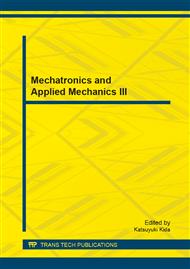p.545
p.549
p.554
p.558
p.562
p.568
p.575
p.581
p.586
Preparation and Characterization of Bulk Porous Nickel Fabricated by Novel Scanning Jet Electrodeposition
Abstract:
The bulk porous nickel was fabricated by layer scanning jet electrodeposition, a novel porous metal preparation technique. The dendritic crystalline layer or normal layer of the bulk porous nickel can be obtained by controlling of the growth conditions. The effects of deposition conditions, such as jet velocity, deposition current density, jet scanning mode, scanning rate, electrolyte solution, etc., on the morphology and growth process of the dendritic structures were studied in detail. It is revealed that the deposition rate and the uniformity of the pore distribution for the bulk porous Ni increase with the decrease of jet velocity. The depositing current density has an upper and lower limit. The dendritic structures are sensitive to the scanning rate, scanning mode, electrolyte solution. As a result, the optimized bulk porous nickels with controllable dendritic crystalline layered structure, pore size and porosity were fabricated by accurately controlling the growth conditions above.
Info:
Periodical:
Pages:
562-567
Citation:
Online since:
February 2014
Authors:
Keywords:
Price:
Сopyright:
© 2014 Trans Tech Publications Ltd. All Rights Reserved
Share:
Citation:


